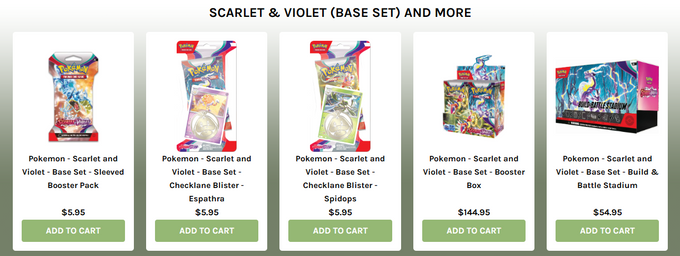Personalization vs. Customization in eCommerce: What Is the Difference?
Updated November 19, 2024.

Personalization and customization are two critical methods you can use to improve your online store's experience—and, ultimately, your sales and conversions by 10-15%. While these tactics seem similar, personalization is a data-driven method that helps you tailor your customers' shopping journey. In contrast, customization puts customers in the driver's seat and lets them take an active role in modifying the products they buy.
Below, we explore the key differences between personalization and customization, including automation and customer input and needs, so you can use both strategies to their fullest potential.
What Is Personalization?
Personalization is the practice of enhancing a customer's buying experience based on their behavior, interests, and attributes.
Personalization in eCommerce is meant to give your customers a more relevant shopping journey—and it all starts with gathering data. By analyzing data from sources like customer browsing behavior, purchasing history, and demographics, you can easily offer personalization through tailored:
Remember that 83% of your customers are willing to share their information to get personalized service from you, so take the leap to engage with them.
» Not sure how to start? Use behavioral marketing to personalize your online store
401 Games: Winning at the Personalization Game
401 Games, an online gaming store, uses customers' browsing history to make personalized product recommendations. By consistently searching for "Pokemon base set booster packs", the store recommends related base set packs and even upsells entire booster boxes.
» Here's how to choose which products to upsell in your store
What Is Customization?
Customization is a technique that allows customers to modify or develop their own items in an eCommerce store.
Customization places control in your customers' hands and lets them take personalization a step further. You can allow your customers to configure products by:
- Choosing the size, color, or material of the product.
- Selecting which features the product must include.
- Engraving or adding personal elements to the product.
This not only provides your customers with a one-of-a-kind experience, but it also enhances the possibility of repeat purchases and customer loyalty.
Staghead Designs: Create Your Perfect Ring Design
Staghead Designs, a specialist wedding and engagement ring designer, makes customization a core business pillar. Customers are invited to customize rings from the get-go according to metal, material, and stone type, shape, and color.
3 Key Differences Between Personalization and Customization
1. Customer Input
- Personalization uses passive customer input, such as customer data and behavior, to understand shoppers' intent and provide tailored experiences.
- Customization involves active input from the customer to produce a personalized experience.
2. Level of Automation
- Personalization may be completely automated via the use of algorithms, data analysis, and AI.
- Customization involves manual input and processing.
3. Customer Needs
- Personalization tailors experience to every individual customer based on their unique preferences and behavior.
- Customization gives customers the ability to create products that meet their specific needs but aren't necessarily tailored to their individual behavior.
» Learn more: Customer personalization vs. segmentation
Fast Approach to Personalization and Customization
Predictive personalization and customization can be powerful strategies that make both you and your customers happy. Personalization gives you more control and lets you make decisions based on data. Customization requires hands-on participation from your customers and gives them a sense of autonomy in their buying decisions. The best implementation of each method will depend on your target audience, products, and business goals.
» Explore even more effective ways personalization can help your business







